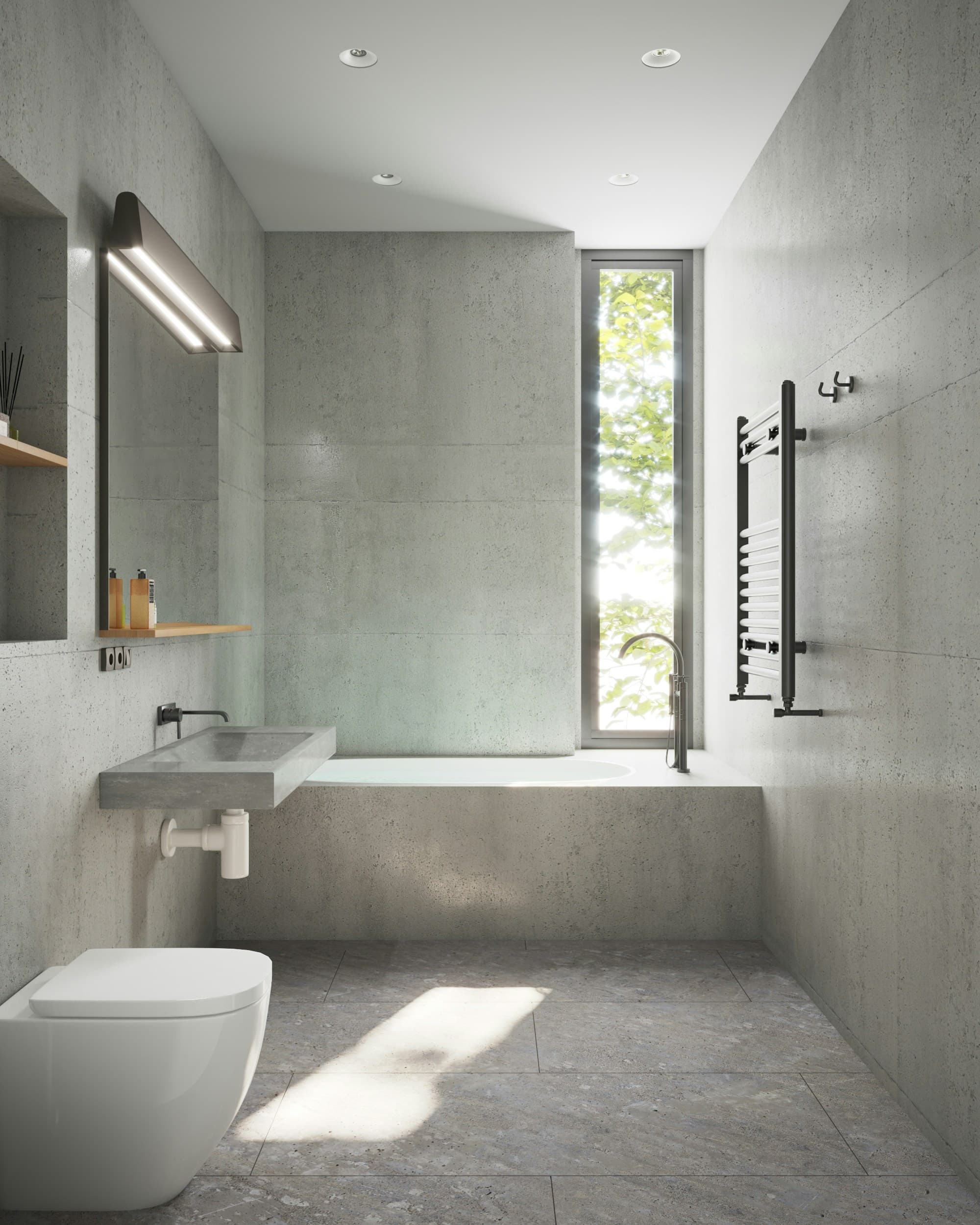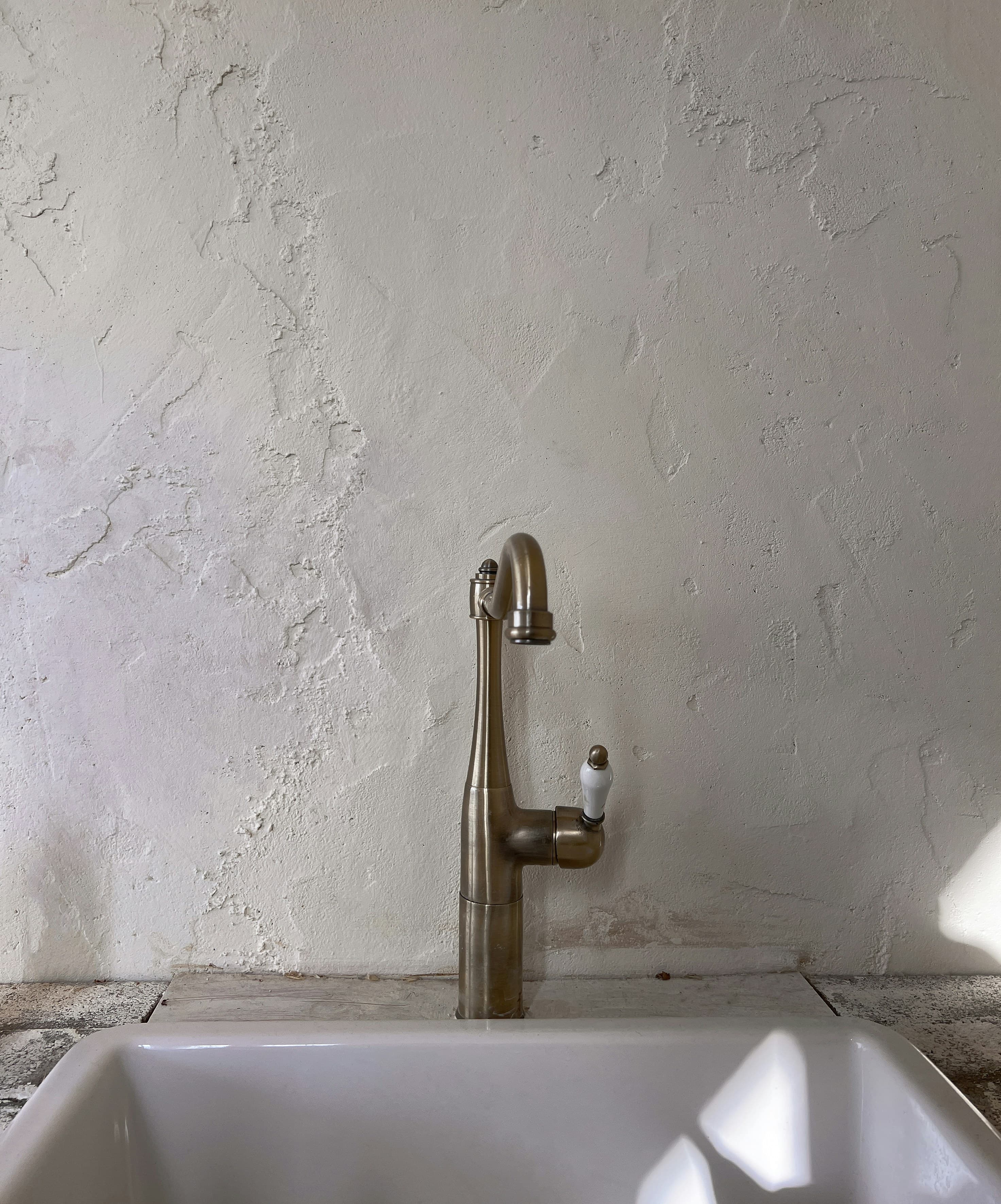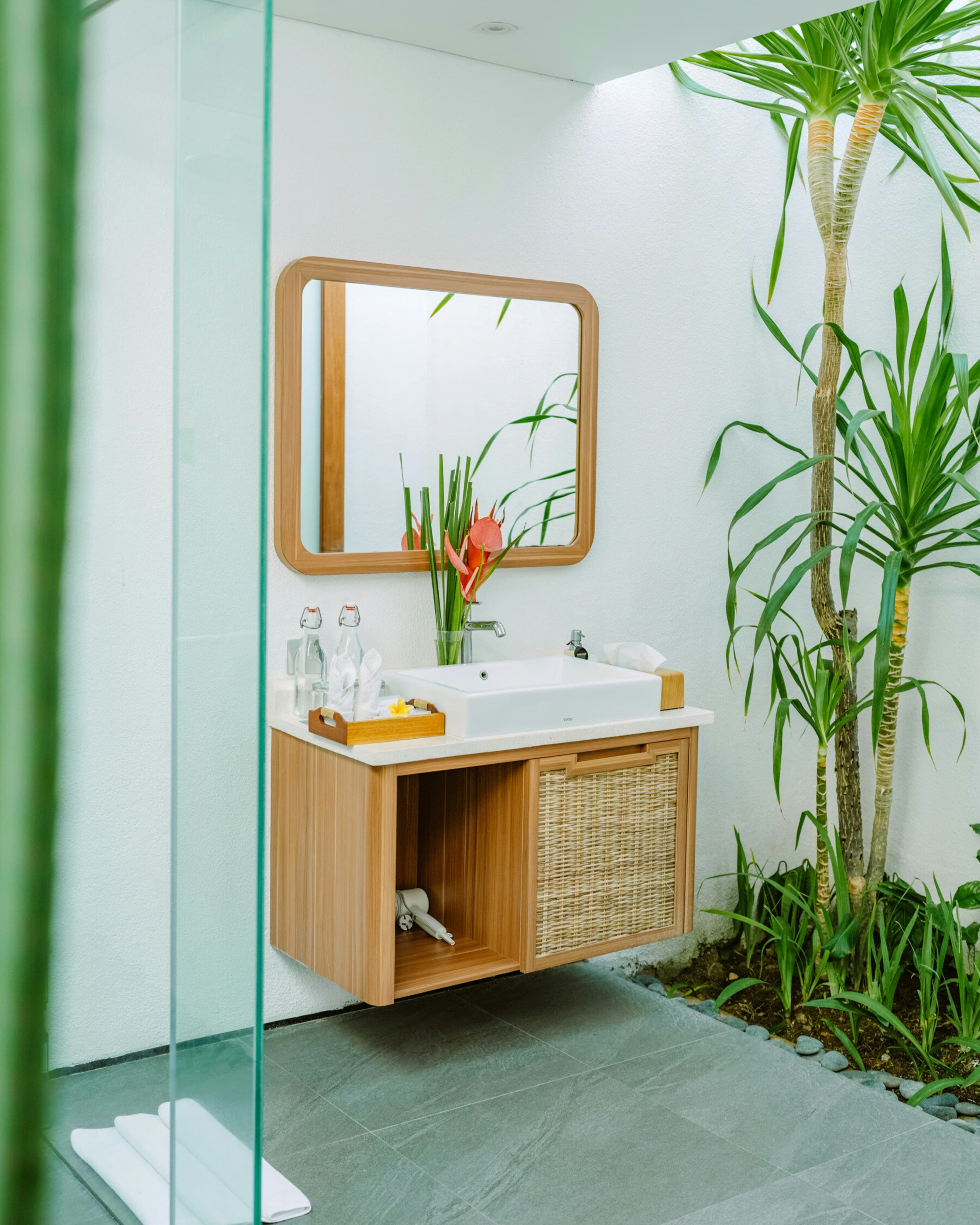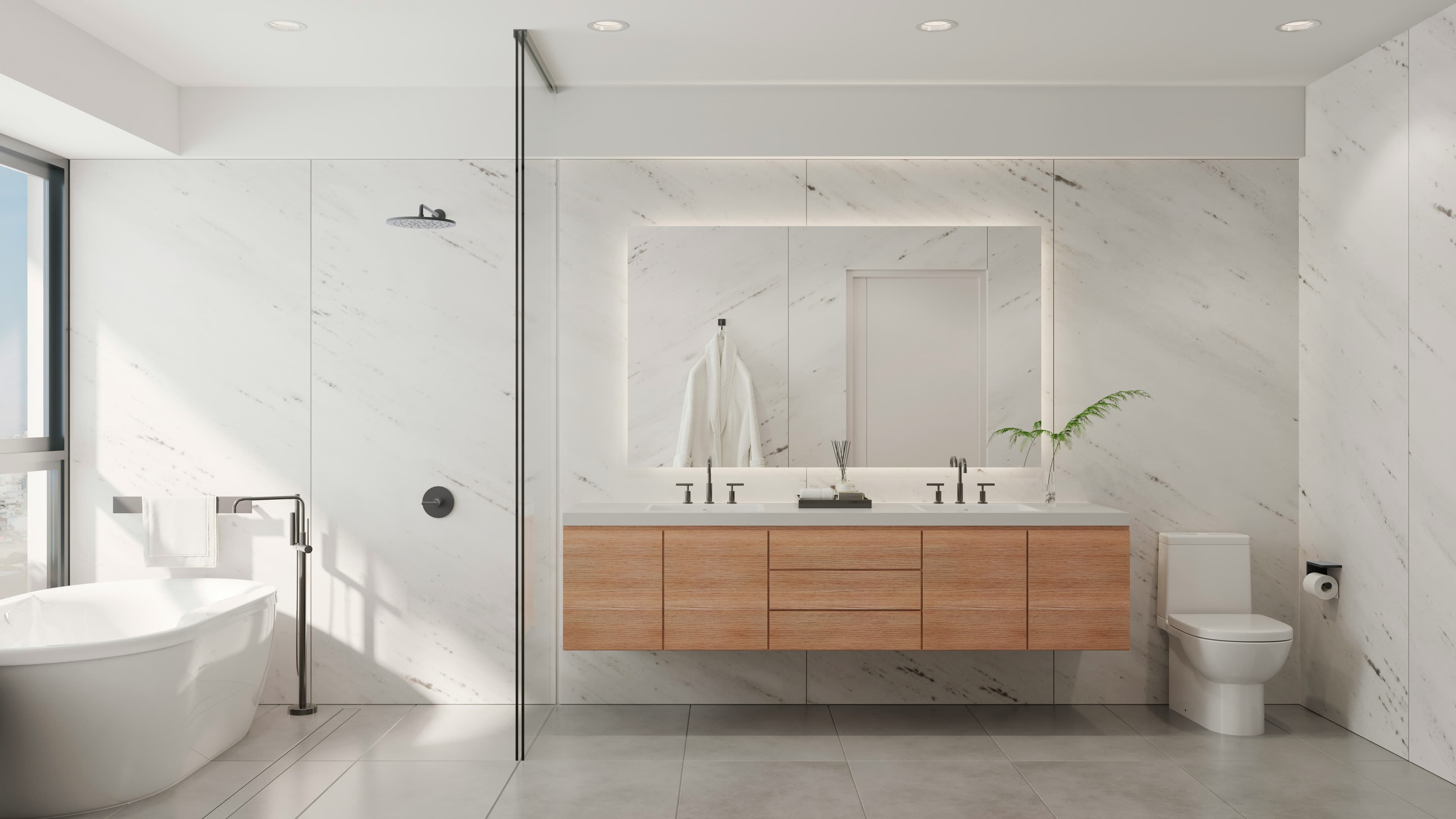
The Evolution of Bathroom Design
The bathroom has evolved from a purely functional space to a personal sanctuary—a place where luxury meets functionality, and wellness takes center stage. Modern bathroom design trends reflect this transformation, emphasizing both aesthetics and comfort while incorporating cutting-edge technology and sustainable practices.
Smart Technology Integration
Today's bathrooms are becoming increasingly intelligent, with smart fixtures and systems that enhance both convenience and luxury. This technological evolution mirrors the AI revolution in mobile design, where technology serves to augment human experience rather than complicate it. When planning your bathroom layout, it's essential to consider how smart technology will integrate with your workflow and space requirements.
Smart Bathroom Features:
- Voice-controlled fixtures: Hands-free operation for faucets, showers, and lighting
- Smart mirrors: Built-in displays, lighting controls, and weather updates
- Automated temperature control: Precision water temperature management
- Connected wellness systems: Health monitoring and personalized experiences
Design Considerations for Smart Technology:
- Seamless integration: Technology should blend naturally with design aesthetics
- Accessibility: Smart features should be accessible to all users
- User experience: Intuitive interfaces that don't require extensive training
Sustainable and Eco-Friendly Materials
Sustainability is no longer a trend—it's a fundamental principle of modern bathroom design. This approach aligns with the sustainable design practices we see in kitchen design, where environmental consciousness drives innovation. For a comprehensive guide to sustainable bathroom design, including material selection and eco-friendly systems, explore our detailed resource on creating environmentally responsible bathroom spaces.
Sustainable Material Choices:
- Recycled materials: Tiles and surfaces made from post-consumer waste
- Bamboo and cork: Renewable resources for flooring and accessories
- Low-VOC finishes: Healthier indoor air quality
- Water-efficient fixtures: Reduced environmental impact
Benefits of Sustainable Design:
- Environmental responsibility: Reduced carbon footprint
- Health benefits: Better indoor air quality
- Long-term value: Sustainable materials often last longer
- Market appeal: Increasing demand for eco-friendly homes
Spa-Inspired Wellness Features
Modern bathrooms are increasingly designed as wellness retreats, incorporating features that promote relaxation and health. This design philosophy shares principles with UX research methods in digital products, where understanding user needs leads to better experiences.
Wellness Features:
- Steam showers: Therapeutic steam experiences at home
- Rain shower heads: Multiple spray patterns for different moods
- Heated floors: Comfort and luxury underfoot
- Aromatherapy systems: Essential oil diffusion for relaxation
- Chroma therapy: Color-changing lighting for mood enhancement
Wellness Design Elements:
- Natural materials: Stone, wood, and organic textures
- Biophilic design: Connection to nature through plants and natural light
- Sound systems: Integrated audio for music or nature sounds
- Temperature control: Individual climate zones for comfort
Color and Material Trends
Modern bathroom design embraces sophisticated color palettes and material combinations that create visual interest while maintaining functionality. This approach to color and material selection follows principles similar to design system development, where consistency and harmony create cohesive experiences.
Current Color Trends:
- Neutral foundations: Whites, grays, and beiges as base colors
- Accent colors: Soft blues, greens, and warm earth tones
- Monochromatic schemes: Sophisticated single-color variations
- Natural inspiration: Colors that reflect the outdoors
Material Combinations:
- Mixed metals: Combining different metal finishes for visual depth
- Natural stone: Marble, granite, and quartz for surfaces
- Textured surfaces: Adding visual interest through texture
- Contrasting elements: Balancing smooth and textured surfaces
Storage and Organization Solutions
Effective storage design is crucial for maintaining a functional and beautiful bathroom. This requires careful planning and collaboration between designers and homeowners, ensuring that storage solutions meet specific needs and preferences. The principles of bathroom layout optimization are essential here, as storage must be integrated into the overall workflow and traffic patterns of your bathroom space.
Innovative Storage Solutions:
- Built-in niches: Recessed storage in shower and bath areas
- Floating vanities: Clean lines with hidden storage
- Medicine cabinets: Integrated mirrors with storage
- Custom organizers: Tailored solutions for specific items
Organization Principles:
- Zone planning: Grouping related items and activities together
- Accessibility: Ensuring frequently used items are easily reachable
- Visual hierarchy: Organizing items by importance and frequency of use
- Flexibility: Adapting storage as needs change over time
Lighting Design
Proper lighting is essential for both functionality and ambiance in modern bathrooms. This aspect of bathroom design requires the same attention to detail as mobile design trends, where lighting affects both usability and user experience.
Layered Lighting Approach:
- Task lighting: Bright, focused light for grooming areas
- Ambient lighting: General illumination for the overall space
- Accent lighting: Highlighting architectural features and decorative elements
- Natural light: Maximizing daylight through windows and skylights
Smart Lighting Features:
- Dimmable controls: Adjusting brightness for different activities
- Color temperature: Warm light for relaxation, cool light for grooming
- Motion sensors: Automatic lighting for convenience and energy efficiency
- Programmable settings: Customized lighting for different times and activities
Conclusion
Modern bathroom design represents a perfect blend of form and function, where aesthetics serve practical needs and technology enhances human experience. The trends we see in bathroom design—smart technology integration, sustainability, wellness features, and user-centered design—mirror the evolution we're witnessing in digital design.
By embracing these trends and principles, homeowners can create bathrooms that are not only beautiful and functional but also adaptable to changing needs and lifestyles. The key is to approach bathroom design with the same user-centered mindset that drives successful UX research and design system development.
The future of bathroom design lies in creating spaces that serve as personal sanctuaries while incorporating the latest technology and sustainable practices. This approach ensures that bathrooms remain relevant and valuable for years to come, just as well-designed digital products continue to serve users effectively over time.


